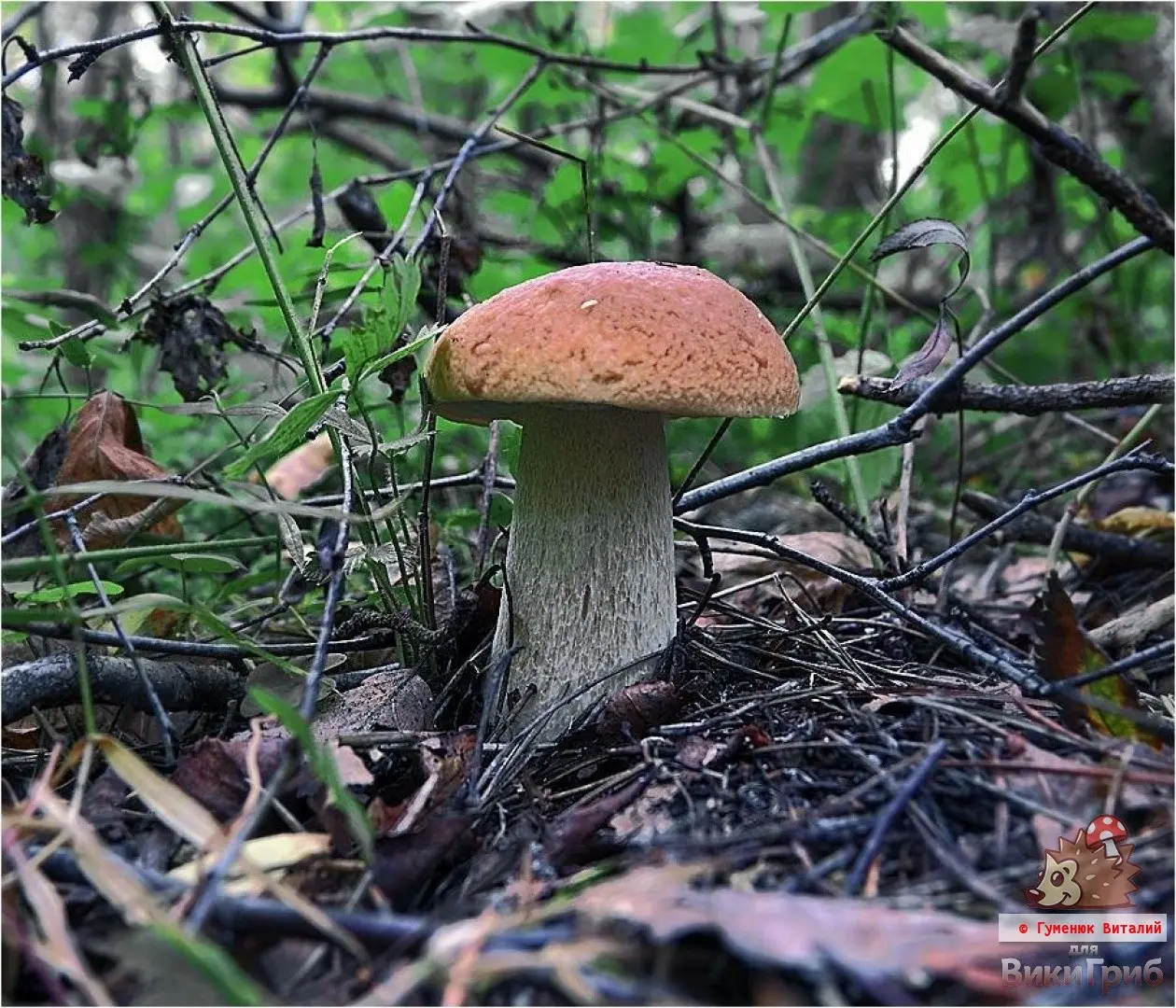Mushroom hunting – general rules

Mushroom picking is a popular outdoor activity or hobby known as quiet or mushroom hunting. Mushroom picking can also be a commercial activity – for sale on the market or delivery to harvesting centers.
Mushroom hunting is widespread all over the world, especially in the countries of Eastern and Northern Europe, the Baltic States, the Mediterranean and North America. There are countries in which the rules and restrictions on mushroom picking are clearly spelled out.
The equipment of a mushroom hunter usually includes:
- Sharp little knife. On sale are knives for mushroom pickers.
- Wicker basket. It is convenient if the basket is attached to the belt so that the hands remain free.
- High rubber boots.
- Compass.
- Comfortable clothing for the area and the weather. Particular attention is on shoes.
It is best to collect mushrooms in a wicker or plastic basket with many holes: they will be ventilated and will not be crushed. Never use plastic bags, otherwise, when you come home, you will find that you have brought a shapeless, sticky mass.
To ensure safety when consumed, one should be able to distinguish edible mushrooms from poisonous ones.
Most often, poisoning occurs with poisonous mushrooms, which have an outward resemblance to edible mushrooms and accidentally fall into the mushroom picker’s basket along with them. To avoid such a mistake, which can be fatal, it is necessary to study well the common signs of all mushrooms and know the characteristic differences of poisonous species.
You should collect only the types of mushrooms you know. Unknown or doubtful fruiting bodies should not be eaten. It should be remembered that distinctive features may be absent in some specimens, for example, white flakes on the fly agaric hat can be washed off by heavy rain, the cap of a pale grebe, cut off at the very top, does not allow you to notice the ring.
For children, many mushrooms are much more dangerous than for adults, so the use of even edible mushrooms by children should be limited.
Mushrooms can pose a danger as accumulators of toxic substances (heavy metals, pesticides, radionuclides).
- The toxicity of the fungi themselves, due to the presence of toxins (or mycotoxins). Long-term storage of harvested fresh mushrooms without cooking them, or long-term storage of already processed mushrooms
- Infection of fungi by pests, in particular, mushroom flies
- The combined use of mushrooms of some species (for example, dung beetles) with alcohol
- Accumulation during the growth of the fungus in the fruiting bodies of substances harmful to the body (heavy metals, etc.), when they grow near roads and enterprises
- Frequent consumption of mushrooms of the morel family
- The abuse of mushrooms, even the first category, is harmful to the body, since mushrooms are indigestible food, and with a large amount of semi-digested mass in the gastrointestinal tract, intoxication of the body can develop.
In case of severe mushroom poisoning, you need to call an ambulance. Before the arrival of the doctor, the patient is put to bed, gastric lavage is carried out: they give a plentiful drink (4-5 glasses of boiled water at room temperature, drink in small sips) or a light pink solution of potassium permanganate and induce vomiting by pressing a smooth object on the root of the tongue. To remove poison from the intestines, immediately after gastric lavage, a laxative is given and an enema is given.
To clarify the diagnosis, all uneaten mushrooms are retained.
Treatment for mushroom poisoning depends on their type. Toadstool poisoning is accompanied by vomiting and dehydration, after gastric lavage, exchange transfusion, hemodialysis, intravenous glucose with insulin, and subcutaneous atropine are performed in case of respiratory failure.









